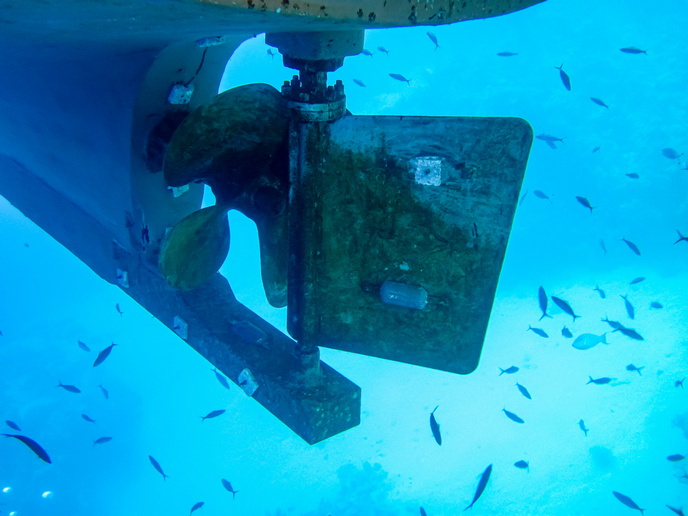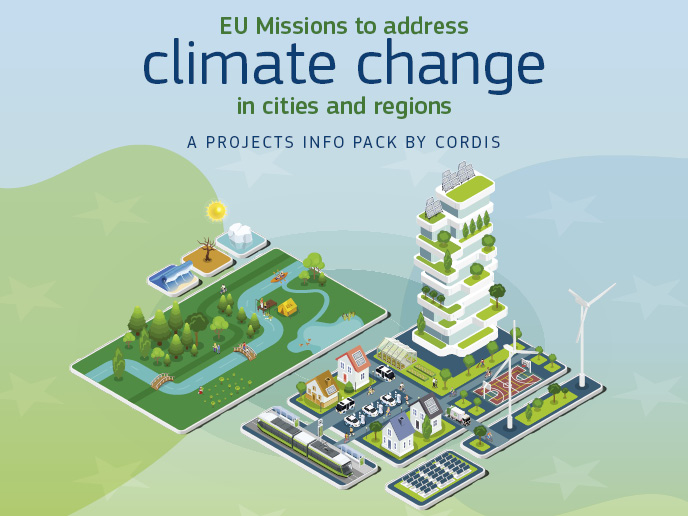Gender inequalities in technological R&D
The 'Women scientists in gender-specific technological R&D - How do women scientists in technological R&D respond to the needs of women end-users?' (Wosister) project aimed to clarify the opportunities and ways in which women scientists involved in technological R&D respond to the needs of women end users. The EU-funded project compared and analysed gender equality in R&D in the cases of two very different technologies, teleservices and agricultural implements for rural application, in two transition economies. Team members focused on the demand for gender-specific R&D and sought to highlight factors influencing it. They asked questions such as 'How has a women's role in science changed?' and 'How do economic and sociocultural factors influence gender-specific end-user analysis for rural technologies and teleservices?' The first step was to determine the resources of women scientists in gender-specific studies in technological R&D so as to demonstrate the extent of gender inequality in scientific research. This set the groundwork for subsequent research work. Another objective was to make an empirical analysis of the position of women scientists in R&D with regard to selected technologies. The aim was to uncover cultural and structural factors impacting gender-specific studies and highlight variables hindering gender equality in research in general. A third objective involved formulating recommendations on how to better adapt gender-specific studies in technological R&D. Wosister completed eight research reports, which were published to the project website, as well as a survey of technology end-users, the results of which were presented at a workshop. Project activities included the preparation and presentation of two papers that synthesised the results from interviews with women researchers and technology end-users. Other achievements include work towards a book manuscript based on all project papers and synthesis. Results and findings have been presented at workshops and a final conference attended by leading researchers and representatives from industry, non-governmental organisations (NGOs) and relevant governmental organisations. Information on the project specifics were disseminated to stakeholders as well as R&D leaders that participated in interviews and questionnaires, and those involved in project workshops and the final conference.







